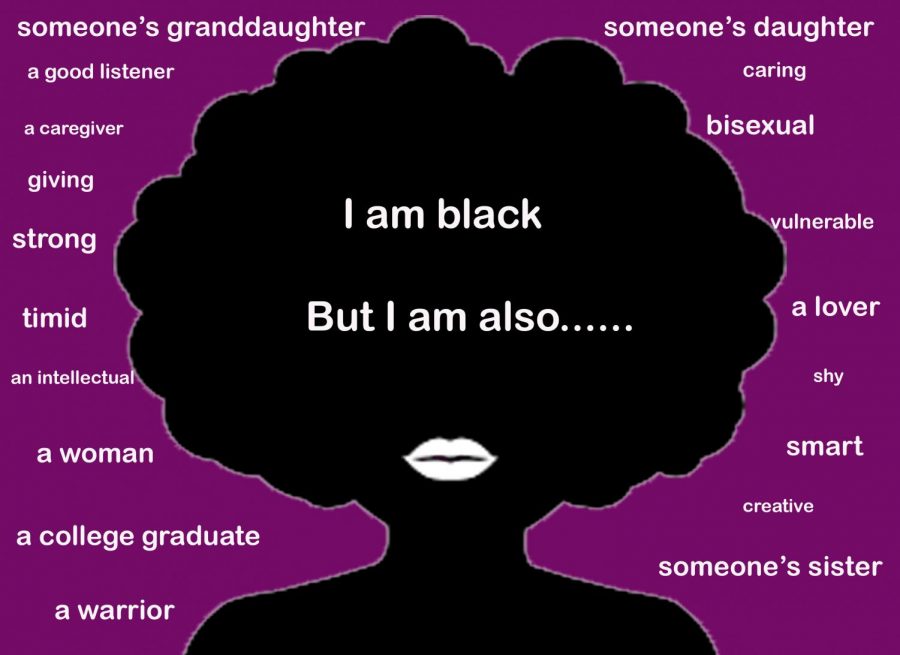As a society, we have created many ways to separate ourselves. We are labeled and categorized from birth without no perception of who we truly are.
As we grow older, those labels seem to grow, change and evolve. Are these labels used for the understanding of each other or the oppression of one another?
Intersectionality is defined as, “the interconnected nature of social categorizations such as race, class, and gender as they apply to a given individual or group, regarded as creating overlapping and interdependent systems of discrimination or disadvantage.”
This means that all those layers, identities and titles created are trying to disadvantage or oppress the minority that falls into those categories.
The hierarchy of what’s considered acceptable separates in race, religion, gender, sexuality and more. The more you fall down on the acceptable list the more danger you suffer and oppression you face.
Throughout history people of color, woman, LGBTQIA community and all other minorities have fought for the opportunity to be seen as equal.
Many minorities have lost their lives and have had to fight to prove every aspect of who they are should matter.
It has been evident with the Women’s March and the Black Lives Matter movement.
Media coverage seemed to be overwhelming for the Women’s March while nonexistent for the Black Lives Matter movement.
Jussie Smollett, who stars on Fox’s “Empire,” was attacked in the streets of Chicago.
While many hoped for the actor well-being, Twitter went on a frenzy over the discussion of was his attack race or sexuality related, attempting to separate the two things that make him who he is: black and gay.
This attempt to make someone choose which part of their identity is more important is toxic.
Smollett represents the combination of his two identities that make him the one person that he is.
For him and many others, being black and gay comes with great vulnerability and a target for homophobic and racial threats.
Many writers, actors and singers through time have discussed the fear and peace in accepting the many characteristics that make them who they are.
James Baldwin, black novelist, and activist explained in a 1984 interview with Richard Goldstein:
“A black gay person who is a sexual conundrum to society is already, long before the question of sexuality comes into it, menaced and marked because he’s black or she’s black,” he said. “The sexual question comes after the question of color; it’s simply one more aspect of the danger in which all black people live.”
While being black or gay can come with many different experiences, having the intersectionality of both is an experience that will always unite.
The same goes for the stories of women like Maya Angelou or Malala Yousafzai; we can not separate the race, gender or religion which makes us who we are.
On N.C. A&T’s campus, PRISM navigates how to grapple the experience of being a part of the LGBTQIA community and a person of color.
“We provide a safe space for all identities,” said TJ Mcneill, vice president of the org. “You don’t necessarily have to identify within the LGBTQ spectrum to be a member but we will just provide that safe space”.
To become more understanding and accepting of each other differences, we have unlearned a lot of the biases that we were taught and begin to listen when people are telling their stories, Mcneil says.
Most people have to deal with this idealism of intersectionality but no one should ever have to show or prove the importance of each unique identity they carry.
You find Prism at @NCATPRISM and join their upcoming community service and programs opportunities.







